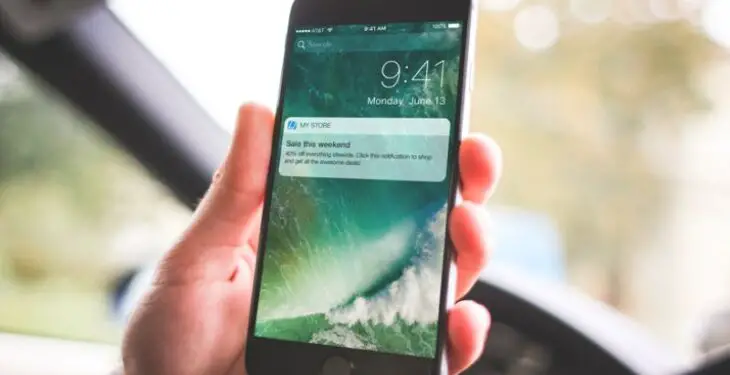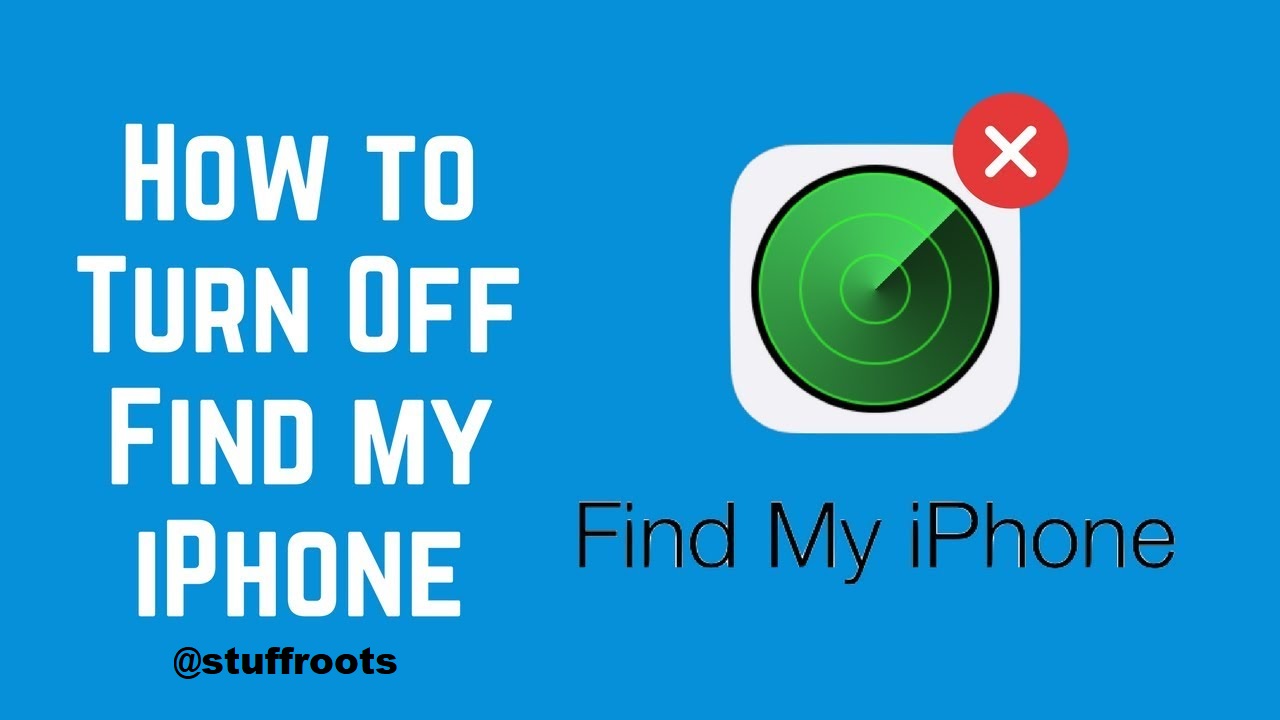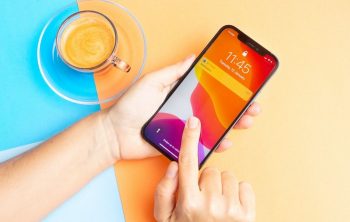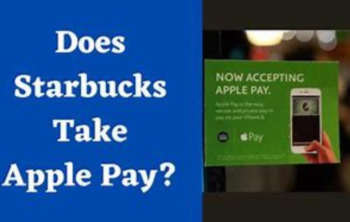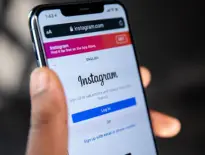Open and frequent communication, the ability to adjust the timing of permission requests, and the strategic use of temporary authorization are best practices for managing user authorization and getting consent for the Apple push services. Crucial to building trust is communicating the advantages of push notifications clearly and using opt-in prompts that respect user preferences. Without being too invasive, you may improve the user experience and engagement by timing permission requests depending on user behaviors and using interim authorization. Adhering to these standards promotes a considerate and user-focused strategy for push notification consent, which is in accordance with Apple’s values and standards and helps to improve user perceptions.
Establishing trust via clarity is the basis of the transparent consent mechanism
A transparent consent system is one of the finest ways to handle user permission and gain approval for APNs. Apps should make the purpose and utility of receiving push notifications obvious to users before asking for permission to do so. By being upfront about the kinds of notifications people might expect, devs build trust and make sure they’re prepared. Developers should:
- highlight the ways in which push notifications improve the user experience;
- provide clear and simple descriptions of their advantages;
- offer an opt-in prompt so consumers may provide their express approval.
Following Apple’s guidelines for user interface design, this opt-in procedure should have a distinct call to action and be easy to understand. Developers need to avoid utilizing deceptive practices or wording that might pressure consumers into giving permission.
When requesting dynamic authorization, timing and relevance are key
Authorization requests should be dynamic and appropriate to the environment in which the user is using Apple push services for optimal user experience. Developers should try to schedule the permission question such that it appears when users are most likely to see the benefit of push notifications, rather than right after the app launches. To illustrate the value of getting breaking news alerts, a news app, for example, can ask users to activate notifications after reading an item. Users are more inclined to provide permission when the timing of the authorization request is dependent on their interactions with the app, as this shows that they understand the app’s value proposition. Furthermore, applications should honor user choices by allowing them to adjust their notification options anytime via a readily accessible settings area inside the program. This method is in line with Apple’s privacy-focused philosophy and further empowers the user.
Finding the right balance between engagement and UX for optimal provisional authorization use
Developers may take advantage of Apple’s interim permission for push notifications to find a happy medium between user engagement and a good user experience. Apps may send alerts to the Notification Center with provisional permission, but they won’t show up on the lock screen or make a noise. This way, users may enjoy alerts without the hassle that comes with having full permission. During this trial period, developers may demonstrate the value of their alerts and ask consumers to give them full access later on. It is important to manage temporary permission with care and make it easy for consumers to upgrade to full authorization when they are ready. Finding this happy medium guarantees that users will be pleased with the app’s alerts upon first usage, without limiting their ability to personalize their experience.

